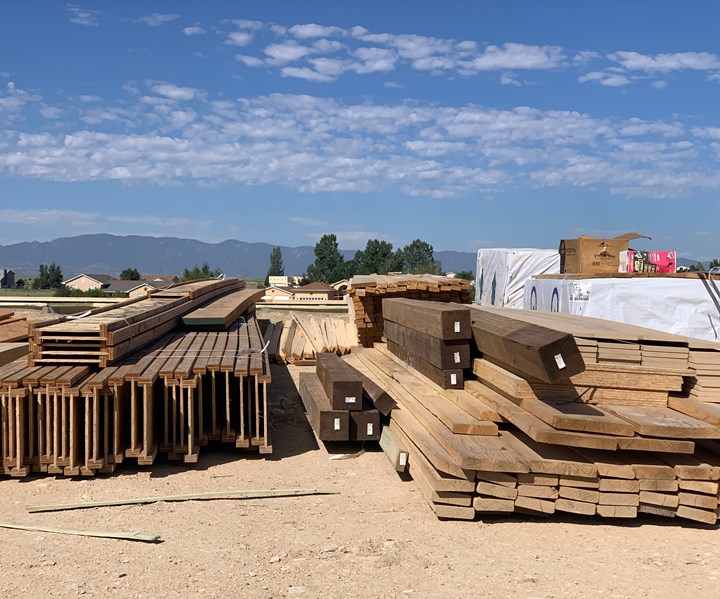Exploring the Uses and Advantages of Recycled Composites in Modern Industries
The combinations of recycled products with advanced composite modern technologies offers an encouraging opportunity for boosting sustainability, durability, and cost-efficiency across various sectors. As markets seek ingenious remedies to address environmental concerns and improve operational performances, the unification of recycled compounds emerges as an engaging option.
Environmental Benefits of Recycled Compounds
The use of recycled composites in modern-day industries uses substantial ecological benefits, adding to the reduction of waste and the preservation of natural deposits. By incorporating recycled composites right into producing processes, sectors can decrease their reliance on virgin products, thus lowering the amount of waste produced and the power needed for extraction and production. This change towards using recycled composites helps in diverting products from land fills, minimizing the problem on waste management systems, and reducing greenhouse gas exhausts connected with typical production techniques.
Additionally, using recycled compounds advertises the preservation of all-natural resources such as timber, minerals, and water, which are commonly depleted via the extraction and handling of basic materials (composites). By expanding the lifespan of products with recycling, industries can help maintain environments and biodiversity by reducing the demand for new resources. On the whole, the fostering of recycled compounds in contemporary markets plays an important function in advertising sustainability and minimizing the ecological impact of production procedures
Improved Longevity in Product Production
With a focus on durability and robustness, including recycled composites into item production processes enhances resilience and sustainability. By using recycled compounds, makers can produce products that are not just solid however likewise immune to tear and put on, making them perfect for lasting use in numerous markets. The combination of various products in recycled compounds can typically lead to enhanced toughness and toughness compared to standard materials, providing an affordable option for producing long-lasting items.
One of the crucial advantages of using recycled compounds in item manufacturing is the capability to customize the product residential properties to fulfill particular toughness needs. By adjusting the structure and manufacturing techniques, manufacturers can personalize the recycled composites to stand up to extreme ecological problems, hefty tons, or constant usage without jeopardizing on efficiency. This adaptability in layout and manufacturing permits for the creation of extremely durable items that keep their integrity over time, reducing the requirement for regular replacements and eventually adding to a much more sustainable production procedure.
Cost-Effectiveness and Economic Benefits
Including recycled composites right into item manufacturing not just improves resilience and sustainability yet additionally uses significant cost-effectiveness and financial benefits. Using recycled compounds can bring about reduced product expenses as recycled products are commonly much less expensive than virgin products. In addition, reusing composite materials can lower waste disposal expenses and decrease the demand for landfill space, adding to general price financial savings for markets.

Innovation and Layout Flexibility With Recycled Compounds
Using recycled compounds in modern-day sectors offers unmatched chances for technology and design versatility. By incorporating recycled products into composite manufacturing procedures, companies can press the borders of traditional layout restraints and check out brand-new opportunities. The adaptability of recycled composites allows for the development of complex forms and frameworks that may not be possible with traditional products.
One of the vital advantages of recycled compounds is their ability to be formed into different forms, providing designers the flexibility to experiment with one-of-a-kind sizes and shapes. composites. This adaptability opens up a globe of creative opportunities, making it possible for the growth of light-weight yet sturdy products that fulfill the specific needs of various sectors
Additionally, the use of recycled composites advertises lasting practices and supports the circular economic climate by lowering waste and reducing the ecological influence of manufacturing processes. This concentrate on environment-friendly layout services lines up with the expanding trend towards sustainability in modern-day industries, making recycled composites a beneficial resource for forward-thinking and innovative firms.
Applications Across Numerous Industries
Recycled compounds discover impactful and varied applications throughout a large range of industries as a result of their distinct buildings and sustainability benefits. In the auto sector, these products are progressively used for producing resilient and light-weight look at this now elements, enhancing fuel efficiency and reducing carbon emissions. The aerospace sector take advantage of recycled composites in the production of aircraft parts, where the products' strength-to-weight proportion is critical for making certain safety and security and efficiency. In building and construction, these compounds are made use of for producing solid yet environment-friendly structure materials, contributing to lasting infrastructure development. The renewable energy field employs recycled compounds in wind turbine blades and solar panels, utilizing their toughness and resistance to rough ecological problems. In addition, the aquatic industry makes use of these materials for making boat hulls and components, providing enhanced sturdiness and rust resistance. The adaptability and sustainability of recycled composites make them valuable throughout numerous industries, driving innovation and ecological stewardship. composites.
Conclusion
To conclude, the use of recycled compounds in modern markets supplies significant ecological advantages, boosted toughness in item manufacturing, cost-effectiveness, and economic advantages. The usage of recycled composites enables for technology and layout adaptability across various industries. Generally, the fostering of recycled compounds offers a practical and sustainable service for meeting the needs of the market while likewise decreasing environmental effect.

One of the crucial advantages of using recycled compounds in product production is the capacity to tailor the material residential properties helpful site to satisfy particular sturdiness demands. Using recycled composites can lead to decreased material costs as recycled materials are frequently much less pricey than virgin products. The aerospace sector advantages from recycled compounds in the production of airplane parts, where the materials' strength-to-weight ratio is crucial for making certain safety and efficiency.
Comments on “How Composites are Changing the Landscape of Construction Products”